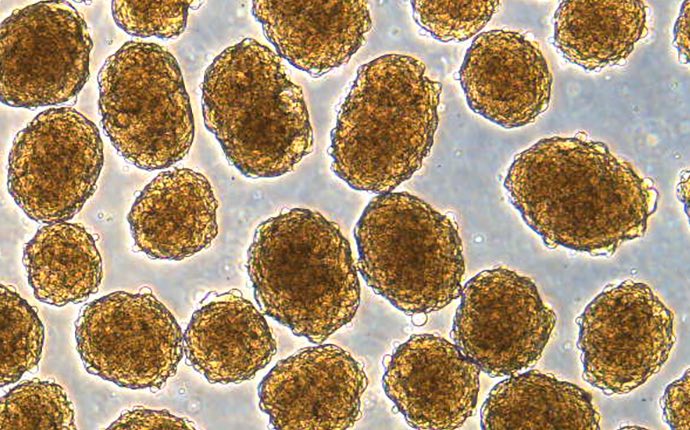According to a Thursday story in National Geographic a researcher named Doug Melton is on the brink of curing type 1 diabetes. Melton, a professor at Harvard University, has developed a way to make an unlimited supply of beta cells that the body uses to create insulin using stem cells and protecting them against the body’s immune system. Insulin processes glucose in the human blood stream that otherwise would be toxic.
About three million Americans suffer from type 1 diabetes, a condition that occurs when the body’s immune system attacks and destroys the beta cells in the pancreas. Diabetics are obliged to take regular infusions of insulin, either by injection or through a pump. Nevertheless, people who suffer from the disease are prone to nerve damage that can lead to blindness, foot amputations, and even premature death.
Beta cell transplants have already had limited use for treating diabetes. Unfortunately, since such transplants come from dead donors, recipients are obliged to take anti-rejection medication for the rest of their lives. However, since tissue created by stem cells have the same DNA makeup of the people receiving it, the problem of rejection is avoided.
The second part of the cure consists of finding a way to protect the new beta cells so that they will not be destroyed by the body’s immune system once they are implanted. One approach involves an implantable device that would coat the new beta cells with a substance similar to algae so that immune cells would not stick to them. The other approach involves encapsulation, protecting the beta cells in a capsule that admits blood glucose but not immune cells.
The process has worked remarkably well in rodent studies. Government approval of human testing is about a year away. Two years of testing beyond that lays ahead before the treatment can be made widely available. If and when the stem cell treatment is available, millions will be liberated from regular injections of insulin and monitoring of blood glucose levels that are the lot of people with type 1 diabetes.















